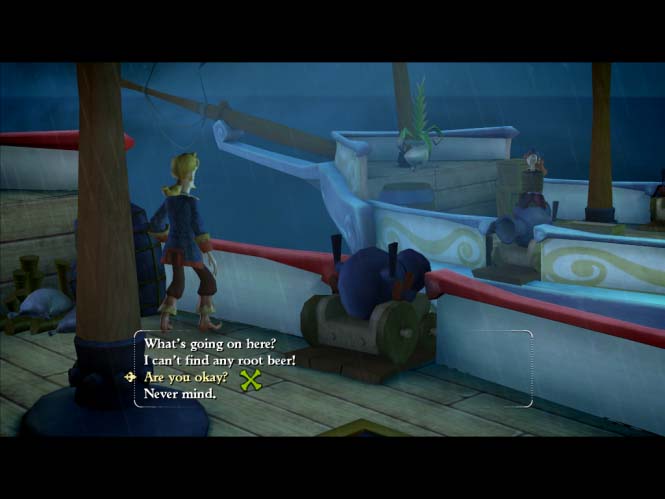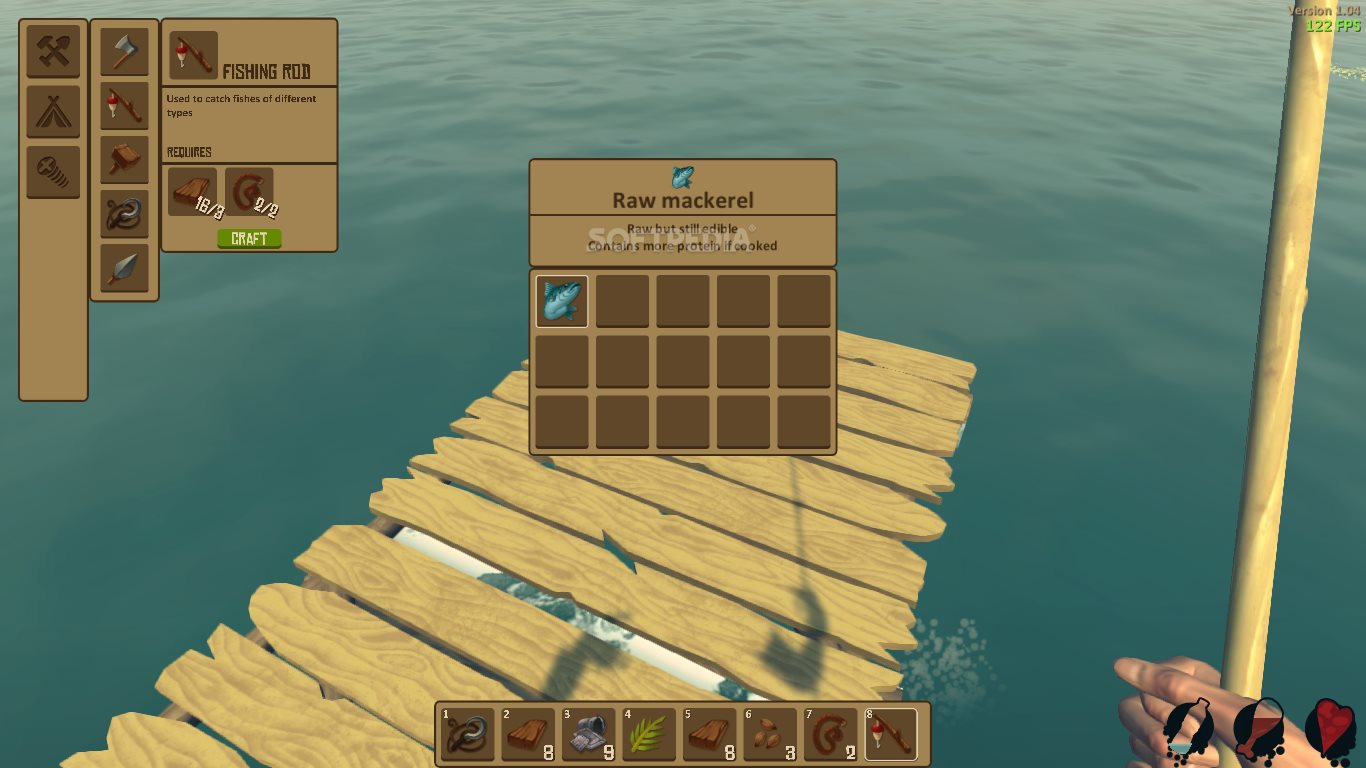

doi: 10.1111/j. First citation in article Crossref, Google Scholar Journal of Computer-Mediated Communication, 16, 93–114. Schmoozing and smiting: Trust, social institutions, and communication patterns in an MMOG. Ji Ed., Advances in affective and pleasurable design (pp. Understanding differences in enjoyment: Playing games with human or AI team-mates. Hewstone Eds., European review of social psychology (Vol. The “black sheep effect”: Social categorization, rejection of ingroup deviates, and perception of group variability. doi: 10.1111/j.1083– First citation in article Crossref, Google Scholarĭ. Journal of Computer-Mediated Communication, 3. At the heart of it all: The concept of presence. doi: 10.1016/j.ijhcs.2009.09.008 First citation in article Crossref, Google Scholar International Journal of Human-Computer Studies, 68, 57–68. Computer agents versus avatars: Responses to interactive game characters controlled by a computer or other player. doi: 10.1002/dir.20120 First citation in article Crossref, Google Scholarī. Journal of Interactive Marketing, 22, 40–57. Developing a scale to measure the enjoyment of Web experiences. Journal of Organizational Computing and Electronic Commerce, 2, 321–341. Paralanguage and social perception in computer‐mediated communication. The video game experience as “true” identification: A theory of enjoyable alterations of players’ self-perception. Barnes Eds., Mediated interpersonal communication (pp.

Mediated interpersonal communication in multiplayer videogames: Implications for entertainment and relationship management. First citation in article Crossref, Google Scholar CHI ‘15 Proceedings of the 33rd Annual ACM Conference on Human Factors in Computing Systems (pp. Cooperative game play with avatars and agents: Differences in brain activity and the experience of play. doi: 10.1111/j. First citation in article Crossref, Google ScholarĬ.

Journal of Computer-Mediated Communication, 11, 910–931. Gender and computer games: Exploring females’ dislikes. First citation in article Google ScholarĬ. Hillsdale, NJ: Lawrence Erlbaum Associates. Levy Eds., Communication in the age of virtual reality. Introduction to mediation, moderation, and conditional process analysis: A regression-based approach. First citation in article Google Scholarį. Valencia: Universidad Politécnica de Valencia. Rey Eds., Seventh annual international workshop: Presence (pp. Internal consistency and reliability of the networked minds social presence measure.

doi: 10.1002/ejsp.2103 First citation in article Crossref, Google Scholarį. European Journal of Social Psychology, 45, 349–355. Why are online games so self‐involving: A social identity analysis of massively multiplayer online role‐playing games. Virtual humans and persuasion: The effects of agency and behavioral realism. doi: 10.4018/jvcsn.2010010104 First citation in article Crossref, Google ScholarĬ. International Journal of Virtual Communities and Social Networking, 2, 52–66. Team identification, team performance and leader-member exchange relationships in virtual groups: Findings from massive multi-player online role play games. doi: 10.1016/j.intcom.2006.07.010 First citation in article Crossref, Google Scholarī. The role of social presence in establishing loyalty in e-Service environments. Journal of Personality and Social Psychology, 34, 366–375. Basking in reflected glory: Three (football) field studies. Judd Eds., Handbook of research methods in social and personality psychology (pp. The mind in the middle: A practical guide to priming and automaticity research.


 0 kommentar(er)
0 kommentar(er)
